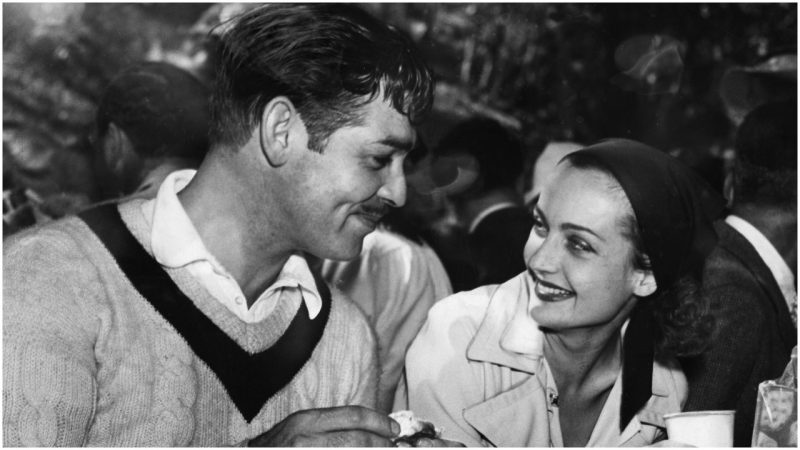They had a passionate and tragically brief marriage, but it was not love at first sight for Carole Lombard and Clark Gable. When she starred opposite him in 1932’s No Man of Her Own, their convincing on-screen chemistry was strictly professional. Lombard was the highest paid actress at the time, with a knack for screwball comedy, and had starred in such movies as My Man Godfrey and Mr. & Mrs. Smith, directed by Alfred Hitchcock. Gable was a rising star, establishing himself as a lantern-jawed lawless leading man, steaming up the screen in hot scenes with Joan Crawford and Jean Harlow, among others.
At the time, both stars were attached to other people: Lombard, 24, was married to actor William Powell, with whom she’d become involved on the sets of Man of the World and Ladies Man. Sixteen years her senior, Powell was Lombard’s opposite: sophisticated and debonair to her easy-going, racy youth. Their marriage lasted only 26 months, though they parted amicably enough. In 1932, Gable was on his second marriage, to a Texas socialite, Maria Langham, whom he’d wed just a few days after his divorce from his acting coach, Josephine Dillon, 17 years his elder.
It took another four years for Lombard and Clark to connect at Hollywood’s annual Mayfair Ball in 1936, which Lombard was overseeing. By then, she was divorced and he was separated from Langham. They flirted, they danced, they shared a ride. When he asked her up to his hotel room, she reportedly said, “Who do you think you are, Clark Gable?”
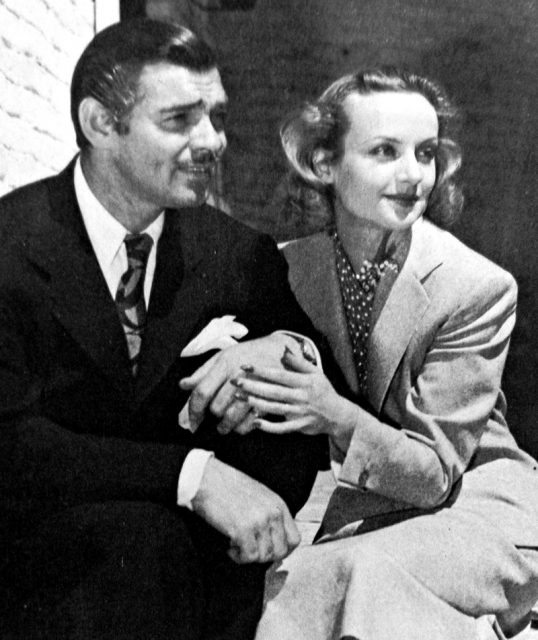
The two became inseparable, exciting tabloids and fan magazines. He delighted in her youthful energy, she found stability in an older man with a gleaming-eyed sense of humor. They sent each other goofy gifts and referred to each other by pet names in public. When Gable wasn’t interested in playing Rhett Butler in the Southern soap opera, Gone With the Wind, Lombard got him a copy of the novel and encouraged him to consider it. (Today Gone With the Wind is the number 1 box-office hit of all time in adjusted-for-inflation dollars.) Making the movie gave him the money he needed to divorce Langham, and during a break in filming, Lombard and Clark eloped to Kingman, Arizona, and settled on a ranch they bought in Encino, California, where they had cats, dogs, chickens, and horses. These were the happiest years of their lives.
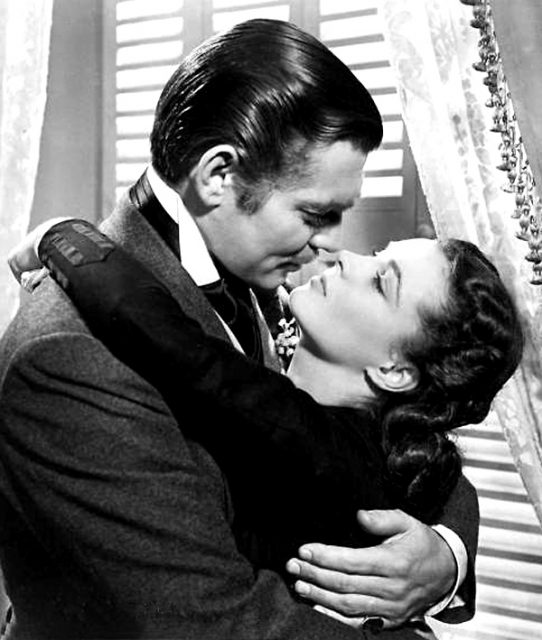
In January 1942, Lombard was recruited to participate in a major fund-raising effort, a War Bond tour of the country, asking Americans to invest in the war effort. Along with her mother, Elizabeth Peters, and the press agent Otto Winkler, who worked with Gable, Lombard spent a week traveling to her home state of Indiana, raising more than $2 million. Most of her travels were by train. Air travel wasn’t as reliable or safe back then, winter weather made it even more dangerous, and WWII fears meant airports were partially blacked out and runways were not well lit.
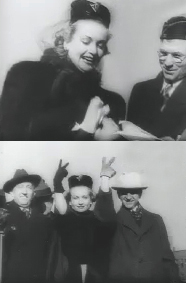
But Lombard was impatient to get home to her husband, who was then filming Somewhere I’ll Find You with the sexy 21-year-old Lana Turner. Lombard didn’t want to waste time on a train. So instead she boarded a DC-3 aircraft, TWA Flight 3, in Las Vegas, with her mother, Winkler, and 15 army men. Shortly after takeoff, the plane veered off course and smashed into nearby Potosi Mountain, killing all on board instantly.
According to an obituary in a January 26, 1942, issue of LIFE magazine: “She told LIFE’s Photographer Myron Davis that, though she had been strongly urged to return to Hollywood by rail, she round herself unable to face three days on the ‘choo-choo train.’ Her plane was not a sleeper but she didn’t mind sitting up. ‘When I get home,’ said Miss Lombard, ‘I’ll flop in bed and sleep for twelve hours.’ Thirty-six hours later searchers reached the wreckage where her body lay.”
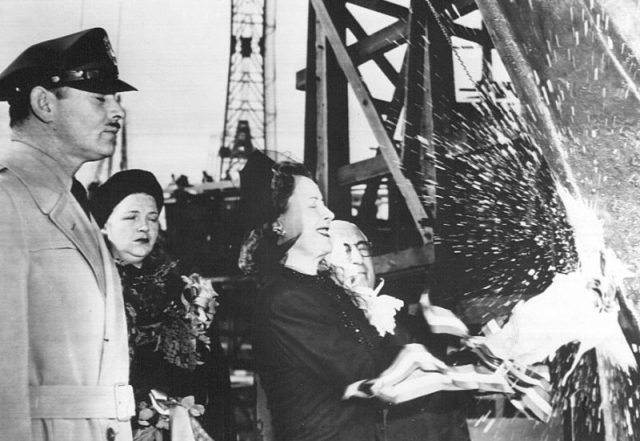
Shocked and grief-stricken, Gable flew to Vegas and demanded to see the wreckage himself. He turned to drink, lost nearly 30 pounds, and struggled to finish Somewhere I’ll Find You. That summer, he enrolled in the Air Force, telling friends he didn’t care if he died, and flew several missions, earning decorations.
Gable would appear in another 27 films and would go on to have famous affairs (with Joan Crawford and Grace Kelly, among others) and would remarry twice more, to Sylvia Ashley and Kay Williams. But after his death in 1960, Clark Gable was buried at Forest Lawn Cemetery, in Glendale, California, alongside the greatest love of his life: Carole Lombard Gable.
